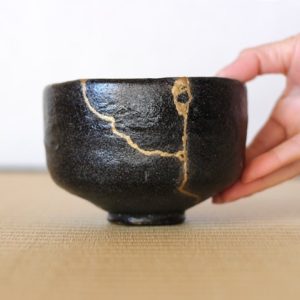 I was coming back to my car from a bike ride. As I pulled up, I glanced at the car parked beside mine. It had a small bumper sticker. On the first line, it said “I believe in the transformational power…” That’s as far as I saw. As I was mounting my bike back on the rack, I decided to play a little game. What did I think was on the next line?
I was coming back to my car from a bike ride. As I pulled up, I glanced at the car parked beside mine. It had a small bumper sticker. On the first line, it said “I believe in the transformational power…” That’s as far as I saw. As I was mounting my bike back on the rack, I decided to play a little game. What did I think was on the next line?
The first thing I thought of was “FAILURE.” Failure is such a powerful teacher, if we only allow it to be. When we fall short, whether it’s on a test, a work project, or a race; we are confronted with a choice.
We can either look at our shortcoming and say something along the lines of “I knew I wasn’t smart/good/fast enough. I don’t know why I bother!” Or we can say, “What is the learning opportunity here?”
I recently read someone’s response to a post on Facebook. Someone had a disappointing result in a race. And the less-than-glowing response was, “You got what you earned.” There was more to the response to make it less blunt. But the sentiment was simply, we get what we deserve. In life, if we take shortcuts, if we don’t do all the prep work, if we shortchange our training; our results will be impacted. To think otherwise is just rationalizing and making excuses.
So, an honest self-assessment in those moments of failures is critical for our growth and our transformation. We should ask ourselves some important questions and not shy away from brutal honesty in our responses.
- Did I go into this with the right mindset?
- What could I have done differently to get a better outcome?
- What can I do next time to better prepare?
- Was there something in the way I executed that can be improved?
The reality is that sometimes our story is filled with broken pieces. But that doesn’t make us less valuable. It just means we have room to remake ourselves into a better version of ourselves. It reminds me of the centuries-old Japanese practice of Kintsugi.
It’s the art of restoring broken pottery by filling the cracks and mending the broken pieces with gold. Instead of trying to seamlessly hide the seams; this Japanese practice highlights the “repaired” piece with a unique method that highlights the artifact’s unique history by celebrating its breaks and fractures. What if we did the same for ourselves?
Before I hopped in my car to drive away. I walked behind the parked car and read the rest of the bumper sticker. My answer was wrong…but I’m sticking with it anyway.




